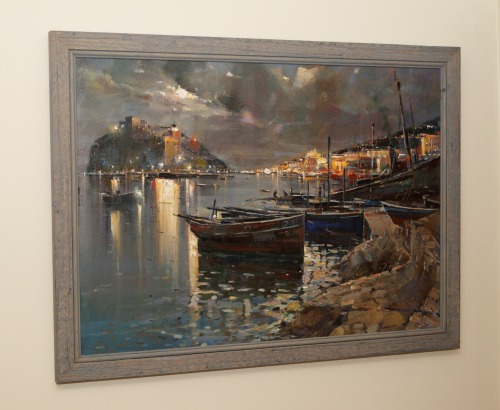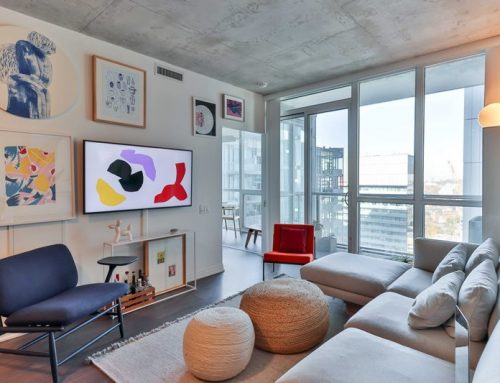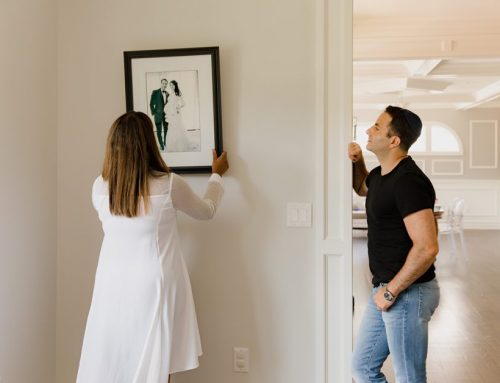This atmospheric painting was bought in Italy and brought back to the UK full of happy memories of a great holiday. It was removed from its stretcher bars to ease transportation on the plane. A perfectly good reason to do so, however having stretched the canvas ready to paint, the artist then trimmed off what he believed to be excess canvas. This was a shame because he removed what was needed for me to successfully re-stretch the canvas on to new stretcher bars ready for framing.
There are a number of possible options in this situation, but all rather costly. So with my client’s agreement, having discussed the pros and cons, I laced the painting on to a board ready for framing.

Attaching to new stretcher bars would have resulted in a nice flat ripple free finish, but there would have been loss of image to give me enough canvas to work with.
There was also another issue. Paint was already cracking and starting to lift away from the canvas, suggesting that it hadn’t been fully prepared before painting. This could easily have been exacerbated during re-stretching, and may well have been caused by being too tightly rolled for the journey home.
Although not ideal, lacing proved a gentler more controlled process for the painting, and once framed, my client was thrilled with the result.
I suppose if there is a lesson to learn from this scenario, it’s to think about the size of what you are buying and the practicalities of transporting it home. It’s unlikely to be in the best interest of the artwork to remove it from its original stretcher bars, although I understand the temptation to do so. If you love it, presumably you wouldn’t want to risk the artwork being damaged, so consider having it crated home, that way you can arrange delivery after you’ve returned, and be there to receive it and check it over when it arrives.







Leave A Comment